Is Chiropractic More Effective Than Physical Therapy
As someone who has always been interested in alternative healthcare, I often wonder: Is chiropractic more effective than physical therapy. Both practices promote healing and well-being, but which is best?
I studied chiropractic and physical therapy, comparing their methods, pros, and cons, to find answers. I found a fascinating juxtaposition of two disciplines that aim to restore health and mobility.
Physical therapists use exercises and manual therapies to improve strength, flexibility, and range of motion, while chiropractors manipulate the spine to relieve pain and align it.
This article will compare chiropractic care and physical therapy, examining their methods and factors that may influence your choice. We will also study patient experiences to determine both treatments' efficacy. Join me on this innovative journey as we uncover the mysteries behind these captivating practices to relieve chronic back pain or improve athletic performance.
Chiropractic Vs Physical Therapy
Do you think chiropractic care works better than physical therapy? Chiropractic and physical therapy treat musculoskeletal conditions well.
Chiropractic treats and prevents mechanical musculoskeletal disorders, especially spine disorders. Physical therapy uses therapeutic exercises and manual techniques to improve mobility, function, and quality of life. Although chiropractic and physical therapy have similar goals, they differ greatly.
Chiropractic care focuses on spinal adjustments or manipulations to correct spine alignment and function. By doing so, it can reduce pain, improve joint mobility, and boost health. Chiropractors believe spine misalignments can disrupt nerve signals to other parts of the body. They use precise adjustments to correct these misalignments to aid natural healing.
However, physical therapy uses exercises, stretches, manual therapies, electrical stimulation, and ultrasound to rehab. Patients' needs and goals are carefully considered by physical therapists when creating treatment plans. They aim to reduce pain, increase strength, flexibility, balance, coordination, and function.
When comparing chiropractic and physical therapy for musculoskeletal conditions like back and neck pain, consider individual preferences and needs. Chiropractic adjustments may help some, while physical therapy may help others. Several factors, including the condition being treated, its severity or chronicity, personal preference, the patient's response rate to different treatments, availability and accessibility constraints, and many others, determine the effectiveness of chiropractic adjustments or physical therapy.
Comparison And Differences
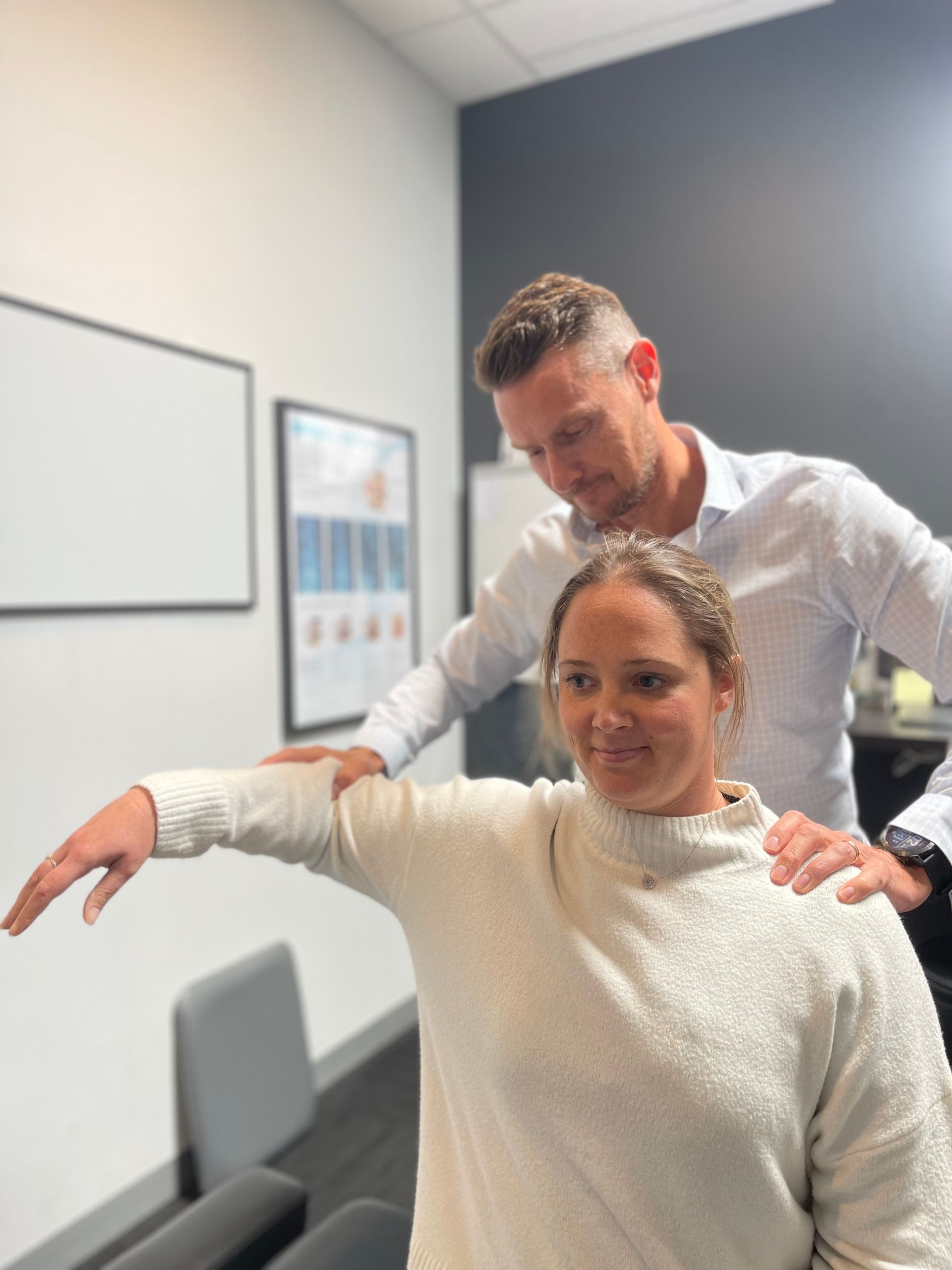
Chiropractic and physical therapy approach healing and recovery differently. Chiropractic manipulates and adjusts the spine and nervous system to restore alignment and function.
Physical therapy, on the other hand, uses exercises, stretches, and modalities to heal and improve mobility.
Physical therapy and chiropractic care can relieve pain. Chiropractors use spinal adjustments to treat back, neck, and sports injuries. These adjustments reduce inflammation and nerve pressure and promote healing.
However, physical therapists can target pain or dysfunction with therapeutic exercises or massage. Another difference is treatment duration. Chiropractors treat immediate symptoms for short-term relief. Many patients feel better after a few chiropractic sessions.
Physical therapy addresses dysfunction's root causes to prevent injury and pain over time. A multi week or month-long treatment plan may be needed.
Chiropractic and physical therapy have different methods and goals for pain relief and rehabilitation, despite some overlap. Chiropractors focus on spinal adjustments for pain relief, but physical therapists use a variety of exercises and modalities.
Chiropractor Vs Physical Therapist
Is chiropractic more effective than physical therapy? Chiropractors and physical therapists help patients recover and regain mobility in different ways.
Chiropractors and physical therapists treat musculoskeletal conditions, but they have different approaches. Chiropractors focus on spine and nervous system alignment, while physical therapists treat movement and function issues.
Spinal adjustments, or manipulations, are how chiropractors diagnose and treat conditions. They believe spine misalignments hinder healing. Chiropractors restore alignment to relieve pain, improve joint function, and boost well-being. There is little scientific evidence that chiropractic care is better than physical therapy for all musculoskeletal conditions.
In contrast, physical therapists focus on rehabilitation and function. Physical therapists use exercise, manual techniques, and heat or electrical stimulation to treat pain, restore mobility, and promote healing. Besides spinal alignment, physical therapy treats other body parts. It uses exercises for injured or dysfunctional muscles or joints.
Both professions have different treatment methods, but neither is necessarily better. Whether chiropractic care or physical therapy is more effective depends on individual preferences, the condition being treated, and treatment responses.
Chiropractic Care
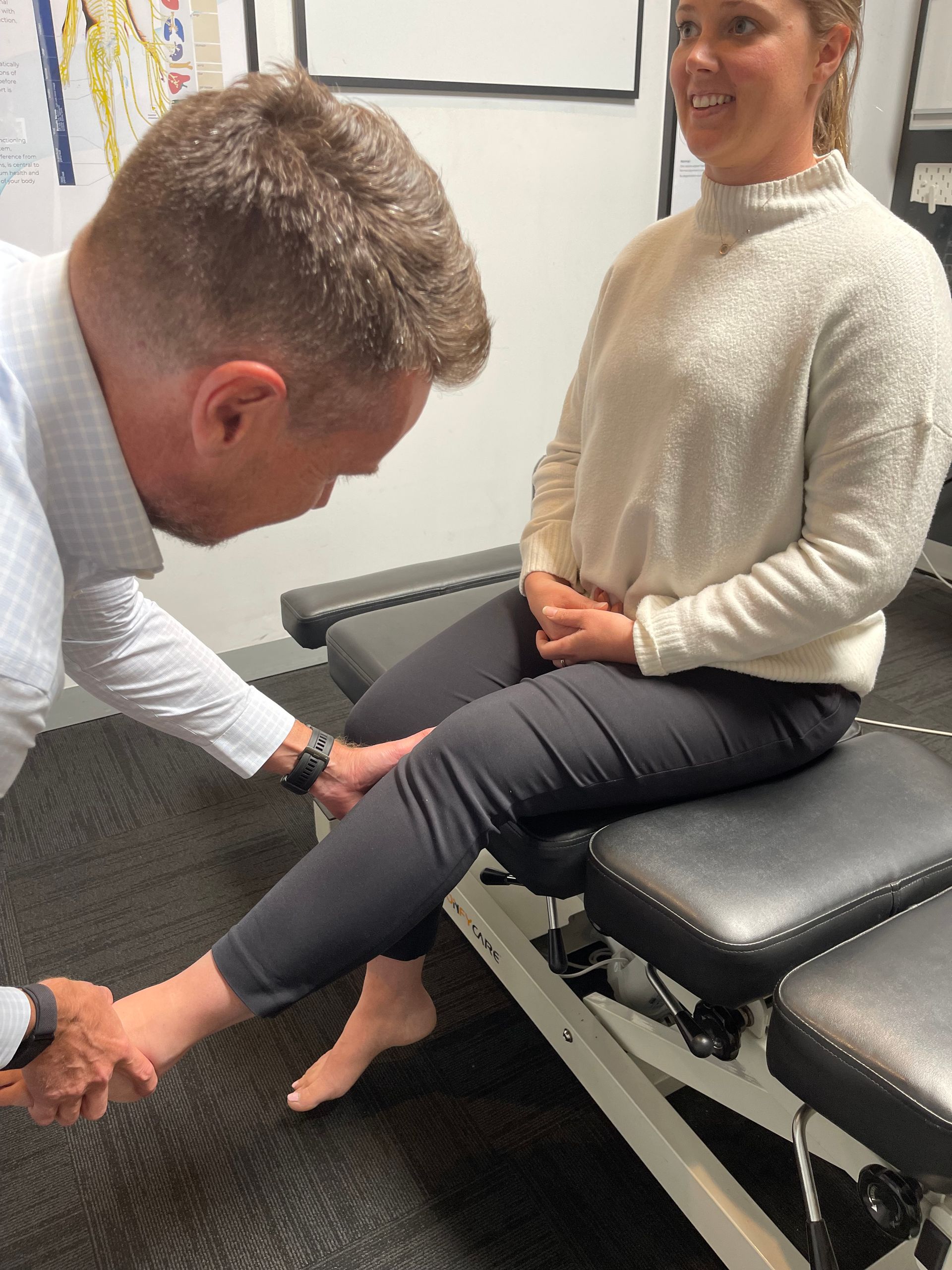
Chiropractic care is a holistic approach to healing and restoring body balance. Chiropractic care emphasizes the spine-nervous system relationship because proper spinal alignment is vital to health. Chiropractic care has four main components:
- Spinal Manipulation: One of the primary techniques used in chiropractic care is spinal manipulation. This involves applying controlled force to specific joints in the spine to restore normal motion and alleviate pain. By realigning the spine, chiropractors aim to improve nerve function, enhance mobility, and promote self-healing within the body.
- Pain Management: Chiropractors place great emphasis on addressing pain at its source instead of merely masking symptoms. They believe that by targeting misalignments in the spine, they can effectively relieve pain without resorting to medication or invasive procedures. Chiropractic care offers a noninvasive alternative for individuals seeking long-term pain relief.
- Noninvasive Techniques: Unlike many traditional medical practices, chiropractic care emphasizes noninvasive techniques for treatment. By using manual adjustments and other hands-on therapies, chiropractors strive to correct imbalances in the musculoskeletal system without relying on surgery or medication. This gentle approach encourages natural healing processes within the body.
- Holistic Approach: Chiropractic care takes into account not only physical symptoms but also considers lifestyle factors that may contribute to an individual's overall well-being. Chiropractors often provide advice on nutrition, exercise, posture correction, stress management, and other lifestyle modifications that can complement their treatments.
Physical Therapy Techniques
Explore the many noninvasive physical therapy techniques to improve mobility, relieve pain, and boost well-being. Physical therapy can treat a variety of symptoms by tailoring it to specific conditions or injuries.
Physical therapists use manual therapy to reduce pain, increase flexibility, and improve muscle function. Joint and soft tissue manipulation and mobilization reduce pain, increase flexibility, and improve muscle function in this hands-on approach. Manual therapy can relieve back, neck, and joint pain by targeting specific areas of discomfort or restriction.
Physical therapy also relies on therapeutic exercises. These exercises strengthen weak muscles, improve balance and coordination, and normalize movement. Therapeutic exercises, like stretching tight muscles or resistance training with weights or bands, can relieve symptoms and promote long-term healing.
Ultrasound and electrical stimulation are common PT modalities. Ultrasound waves penetrate tissues to generate heat that improves blood flow and tissue healing. Electrical stimulation uses mild electrical currents applied to the skin near the affected area through electrodes. This technique blocks nerve signals and contracts muscles to reduce pain.
Physical therapy techniques like manual therapies, therapeutic exercises, and modalities can help people manage pain and improve their health. Individualized treatment plans are possible with these techniques' versatility.
Pain Management
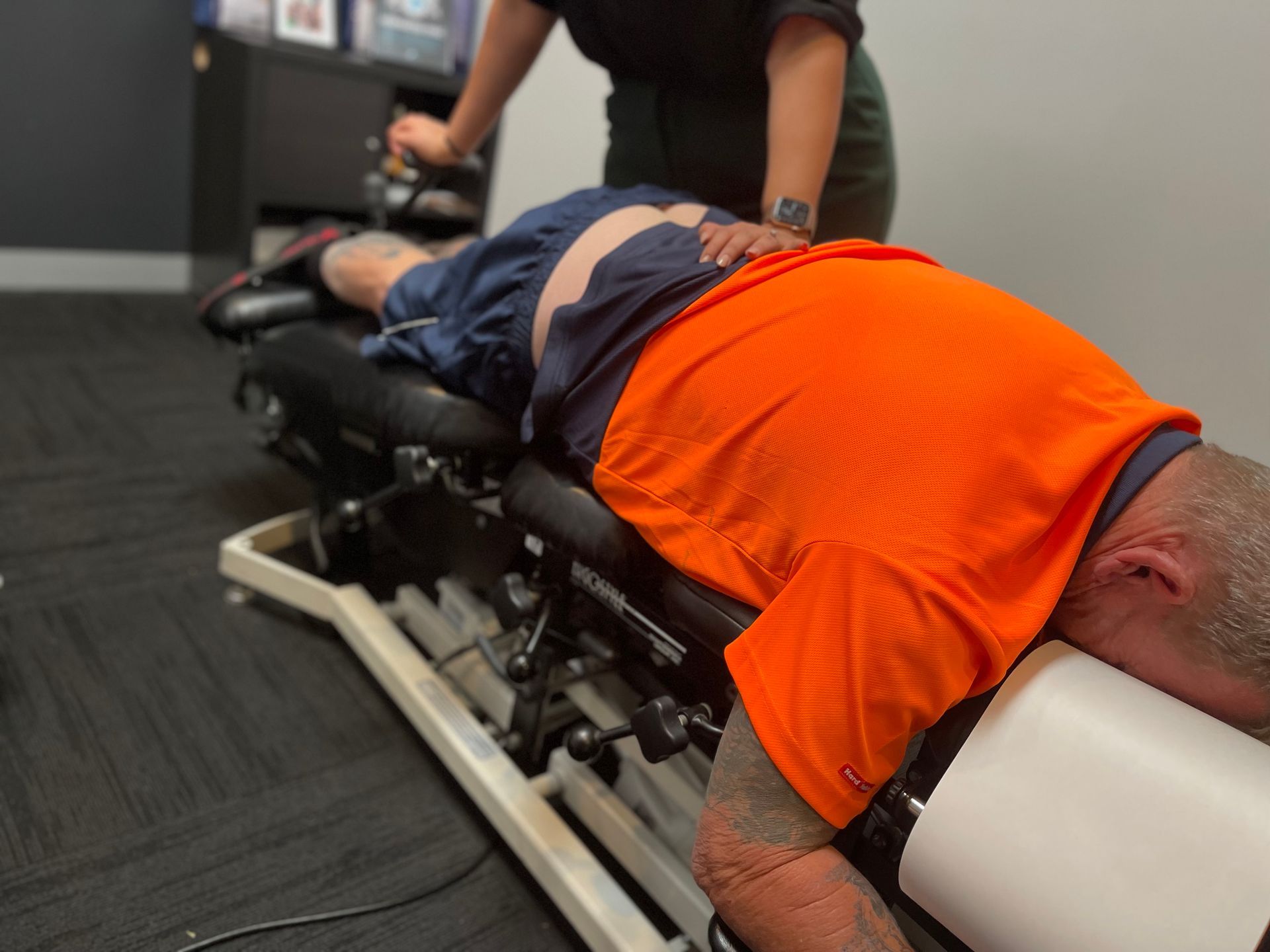
Pain management can be difficult and overwhelming, but there are effective methods to reduce discomfort and improve quality of life. Chiropractic and physical therapy help manage pain.
Chiropractic utilizes manual adjustments and spinal manipulations for diagnosing and treating musculoskeletal conditions. Physical therapy treats pain and promotes healing with exercises, stretches, and modalities. Chiropractic and physical therapy can treat chronic back pain and sports injuries.
Chiropractic treatment targets the cause of pain, making it effective. Gently realigning the spine reduces nerve compression and lets the body heal. This holistic approach treats both symptoms and underlying causes of pain. Chiropractors also use massage and acupuncture to improve treatment results.
Physical therapy uses targeted exercises and stretches to restore function. These methods strengthen muscles around an injury and improve flexibility and range of motion. To reduce inflammation and pain, physical therapists use heat or electrical stimulation. Physical therapy offers comprehensive, long-term pain management with customized treatment plans.
Pain management is effective with chiropractic and physical therapy. Chiropractic treats musculoskeletal conditions at their source with spinal manipulation, but physical therapy uses exercises and modalities for functional rehabilitation. Your condition or preference may determine the best option.
Benefits And Drawbacks
It's good to know that chiropractic and physical therapy have different pain management pros and cons.
Chiropractic care is effective for musculoskeletal conditions like back, neck, and headache pain, according to research. Chiropractic adjustments and manipulations realign the spine and joints, relieving pain immediately.
Physical therapy, however, uses exercises and stretches to improve strength, flexibility, and mobility. This treatment is effective for many conditions and injuries, but it may take longer than chiropractic care.
Chiropractic treatment targets pain's source. Chiropractic care corrects spine misalignments rather than masking symptoms with medication or temporary relief. They can relieve pain in the affected area and other spine-related areas by restoring proper alignment. Chiropractic care also teaches posture correction and lifestyle changes to prevent future issues.
Chiropractic treatment has drawbacks, too. Many people experience pain relief after a few chiropractic sessions, but others may need ongoing maintenance or chronic condition treatments. Due to muscle realignment, some people may feel mild soreness or discomfort after an adjustment. Remember that not all health insurance plans cover chiropractic care.
Both chiropractic and physical therapy have pros and cons for pain management. Chiropractic treatment immediately corrects spinal misalignments, while physical therapy builds strength and mobility.
The choice between these two options depends on personal preferences, the pain or injury, and medical advice. Let's now discuss how to choose the right treatment for your needs and goals.
Choosing The Right Treatment
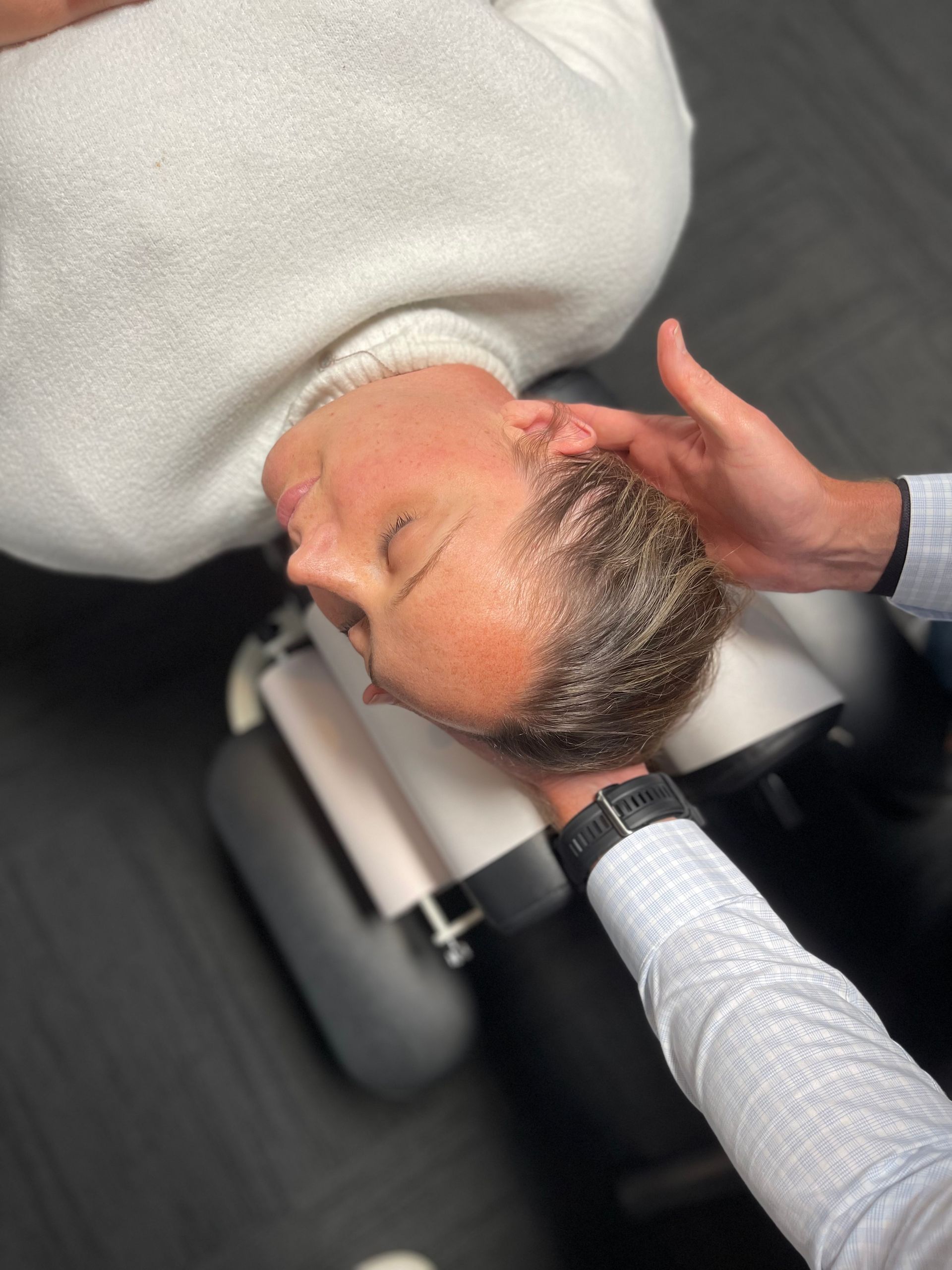
After discussing the pros and cons of chiropractic and physical therapy, let's choose a treatment.
Your needs and goals should guide your choice between chiropractic and physical therapy. Each treatment has pros and cons, so knowing your goals can help you choose.
Chiropractic care treats musculoskeletal issues with manual adjustments and manipulations. It treats pain, joint function, and alignment. However, physical therapy uses exercises, stretches, and modalities like heat or cold therapy to improve healing, mobility, and strength.
To find the best treatment for you, consult with specialists. Before recommending treatment, they'll evaluate your condition, medical history, lifestyle, and preferences. Their expertise in chiropractic or physical therapy treatments and careful consideration of all these factors can help them determine the best treatment for optimal results.
Chiropractic or physical therapy's efficacy depends on your condition or injury and other factors. What works for someone else may not work for you. Therefore, you must choose a treatment plan that suits your needs and preferences.
This section concluded that choosing between chiropractic care and physical therapy requires careful consideration of one's needs and goals. Understanding how each treatment method works helps people choose the best one for them. After examining this aspect, let's quickly discuss factors to consider when choosing between chiropractic care and physical therapy.
Considerations And Factors
Consider several factors that can affect the efficacy of chiropractic care and physical therapy when choosing between them. Chiropractic and physical therapy both relieve pain noninvasively, but there are key differences.
Physical therapy improves strength, flexibility, and mobility through exercises, stretches, and other modalities, while chiropractic care corrects spinal misalignments.
When assessing the efficacy of chiropractic care, consider the condition or injury being treated. Spinal misalignments can cause back, neck, and headache pain, which chiropractic care may help with. However, physical therapy may be better for musculoskeletal injuries or conditions that require targeted exercises to improve function and reduce pain.
Personal preference and comfort are also factors. Some people prefer hands-on chiropractic care, while others prefer exercise-based physical therapy. Choose a treatment that fits your needs and recovery goals. Cost and insurance coverage can also influence decisions. It's important to know what services your insurance covers and how much chiropractic or physical therapy may cost. This information can help you choose within your budget.
Consider the condition, personal preferences, and cost when choosing between chiropractic and physical therapy for pain relief or rehabilitation. These factors can help you choose the best treatment for you.
Patient Experiences
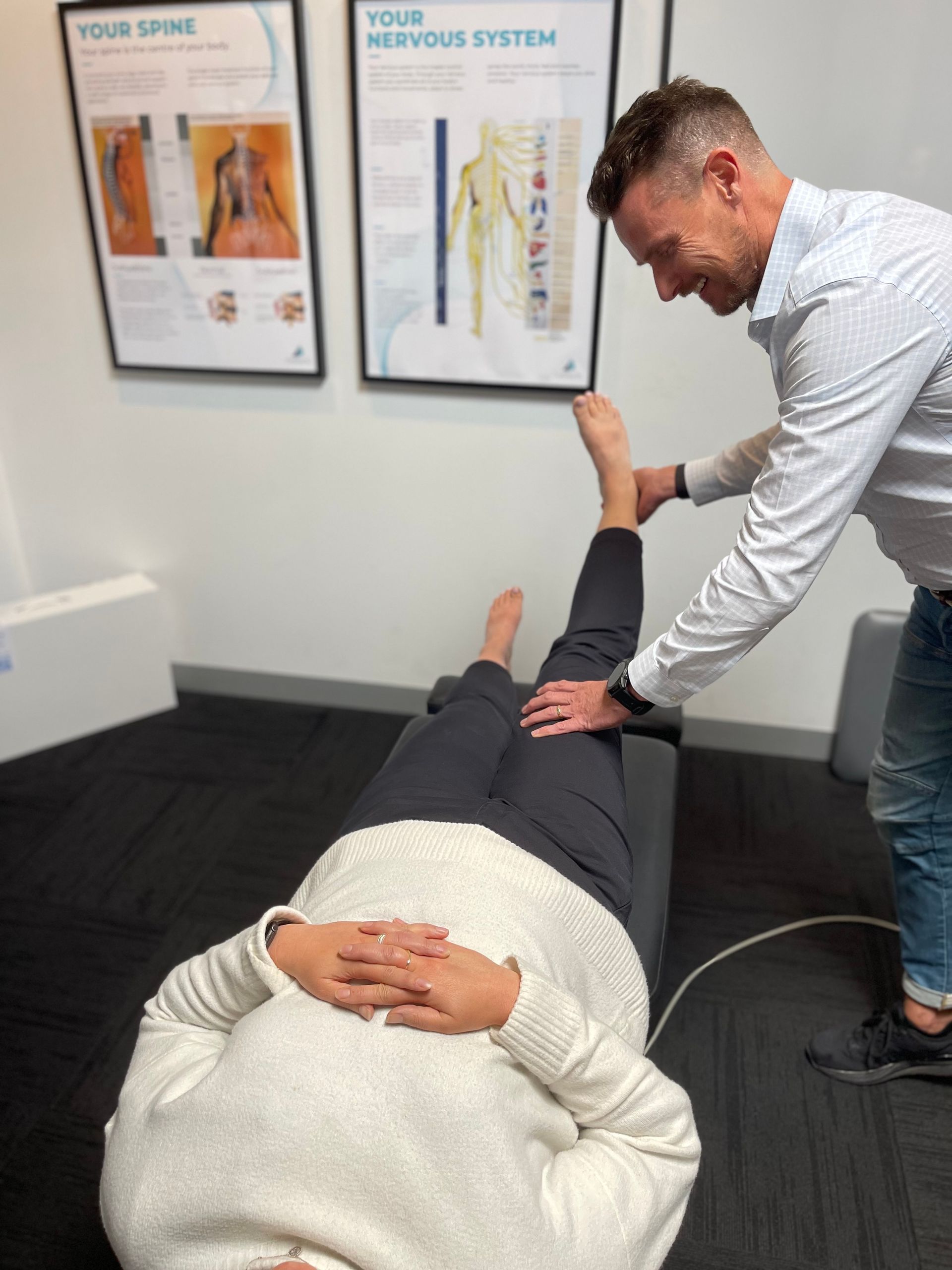
Expect to hear from chiropractic and physical therapy patients about their experiences and the fascinating benefits and outcomes of each.
Chiropractic therapy often relieves chronic neck pain. After a few chiropractic sessions, John reported improved range of motion and reduced pain. John appreciated the customized nature of chiropractic care.
However, back pain patients have seen great results with physical therapy. Sarah, another patient, said her physical therapist helped her strengthen her back with exercises and stretches. She reduced her pain and gained confidence in managing her condition. Sarah could track her progress through structured physical therapy.
These first-hand accounts demonstrate the unique benefits of chiropractic and physical therapy for neck and back pain patients. Chiropractic care corrects spinal misalignments and improves health, while physical therapy strengthens specific muscle groups and improves mobility. John and Sarah's experiences show that both approaches can work, depending on an individual's needs and preferences.
Patient experiences reveal the efficacy of chiropractic care versus physical therapy for neck and back pain. Chiropractic adjustments tailored to their condition may help, while targeted physical therapy exercises may help others. It's crucial for patients to consult with specialists in these fields to determine the best treatment for their specific needs and preferences.
Final Thoughts
I've concluded that chiropractic care and physical therapy are equally effective after extensive research and analysis. Both methods have pros and cons, and their efficacy depends on the patient's condition and preferences.
Chiropractic care improves health and reduces pain through spinal adjustments and manipulations. It works well for back, neck, and headaches. Physical therapy uses exercise, stretching, and manual therapy to improve movement and strength. For surgery or injury rehabilitation, it's very helpful.
Individual needs, preferences, and healthcare professional recommendations should determine whether to use chiropractic or physical therapy. Consider the severity of the condition, treatment goals, and risks or side effects of each approach. Hearing about patient experiences can also help determine what works best for each person.
Remember that chiropractors and physical therapists help people recover from injuries and manage chronic conditions. Collaboration with healthcare professionals can result in a personalized treatment plan.
Individuals can improve their health by considering all factors and making an informed decision based on expert advice. Now we have answered the question:
Is chiropractic more effective than physical therapy?
Frequently Asked Questions
Are There Any Potential Risks Or Side Effects Associated With Chiropractic Or Physical Therapy Treatments?
Consider the risks and side effects of chiropractic or physical therapy treatments with an open mind and a desire for innovation.
Both treatments have advantages and drawbacks. Chiropractic care relieves pain and improves function through spinal adjustments and manipulations. A session is generally safe, but some people may feel sore or uncomfortable.
In contrast, physical therapy uses exercises and techniques to heal injuries and improve mobility. Less invasive, but muscle soreness or fatigue may occur as the body adjusts to new movements. Before choosing either treatment, consult with doctors and discuss any pre-existing conditions. To make informed health and well-being decisions, embrace innovation and explore all options.
How Long Does It Typically Take To See Results From Chiropractic Or Physical Therapy Treatments?
I've found that chiropractic and physical therapy treatments take weeks to work. Some people experience immediate relief from chiropractic adjustments and manipulations, but long-term benefits usually require several sessions over weeks.
Physical therapy focuses on rehabilitation and strengthening exercises to improve mobility and functionality. Improved results often require consistent effort and dedication.
Chiropractic and physical therapy each have their own benefits and can treat different conditions and injuries. The key is finding the best method for your needs and goals.
Can Chiropractic Or Physical Therapy Treatments Be Used In Conjunction With Other Forms Of Medical Treatment?
Chiropractic and physical therapy can complement other medical treatments. Integrating these therapies with conventional medicine can be more effective and comprehensive.
Combining modalities allows us to treat multiple aspects of the condition or injury, promoting holistic healing. We can treat both the cause and the symptoms, resulting in a faster and more complete recovery.
Using multiple treatment options encourages healthcare innovation as we seek new ways to improve patient outcomes. So whether it's chiropractic adjustments with medication or physical therapy exercises with other interventions, combining treatments opens up new healing and innovative solutions.
Are There Any Age Restrictions Or Limitations For Receiving Chiropractic Or Physical Therapy Treatments?
Chiropractic and physical therapy are age-neutral. Children and seniors can benefit from both therapies. To relieve pain and improve joint function, chiropractic care uses spinal adjustments and manipulation.
Physical therapy improves mobility, strength, and flexibility through exercises, stretches, and other methods. Physical therapy can treat a variety of conditions and injuries with these or other treatments.
Chiropractic and physical therapy can help young athletes recovering from sports injuries and older adults with chronic pain regain their health and well-being, regardless of age.
How Do The Costs Of Chiropractic And Physical Therapy Treatments Compare?
Both chiropractic and physical therapy treatments can cost differently depending on location, duration, and insurance coverage.
Chiropractic treatments utilize manual adjustments, which may require multiple sessions. However, physical therapy treatments often include exercises, stretches, and other modalities tailored to specific conditions or injuries.
While these two approaches may cost differently, what matters is finding a treatment that meets your needs and budget. Explore different options and talk to healthcare professionals to find the best fit for your goals and budget. Remember that healthcare innovation can create affordable, patient-centered solutions.



